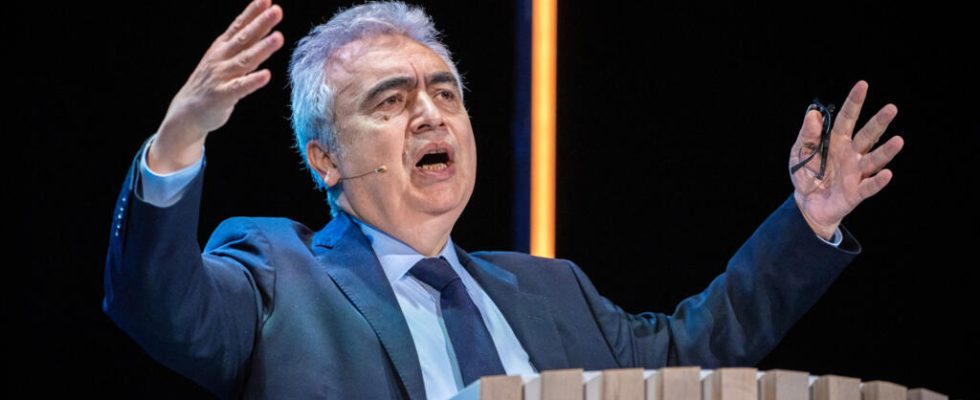Around thirty Ministers of Energy and Climate met in Paris on Tuesday February 13 and Wednesday February 14 at the headquarters of the International Energy Agency. The organization founded in 1974 against the backdrop of the oil crisis aimed at its birth to ensure oil supplies. But half a century later, its mission has changed. His new challenge: succeeding in the energy transition. And for this, the IEA, which brings together 31 member states, plans to expand.
2 mins
This is one of the missions of Fatih Birol, the director of the IEA: to give the keys to member states to guide them towards carbon neutrality by 2050. But according to him, a successful energy transition must bring together all the world. “ In 2015, we opened our doors to emerging countries. IEA members accounted for 40% of global energy consumption. Today it’s more than double, 80%. »
The AIE’s strategy is therefore to continue to expand. In the coming months, the organization could welcome the fifth world power: “ India wants to become a full member. This is a moment that will change the architecture of the organization. We are working with all associated countries, in Africa, Latin America and Asia to strengthen our ties and support them in their transition to clean energy. »
Read alsoFatih Birol, head of the IEA: “Renewable energies must be the priority for Africa”
But moving towards more clean energy also requires investments. And States should not be the only ones to pay, believes the President of the European Commission Ursula Von der Leyen. “ The world must triple its renewable energy capacities by 2030. Massive investments are necessary. We must mobilize the private sector. »
The IEA has made its calculations: the alternative to fossil fuels will be expensive, public and private investments amount to 4,500 billion dollars per year by 2030.
Read alsoUnited States: birth of a new oil and gas giant
